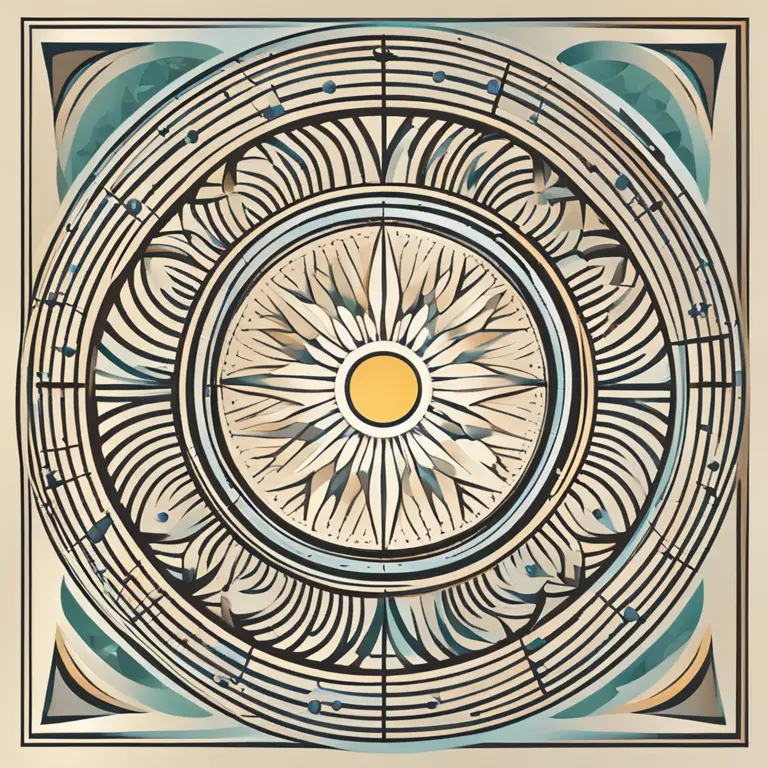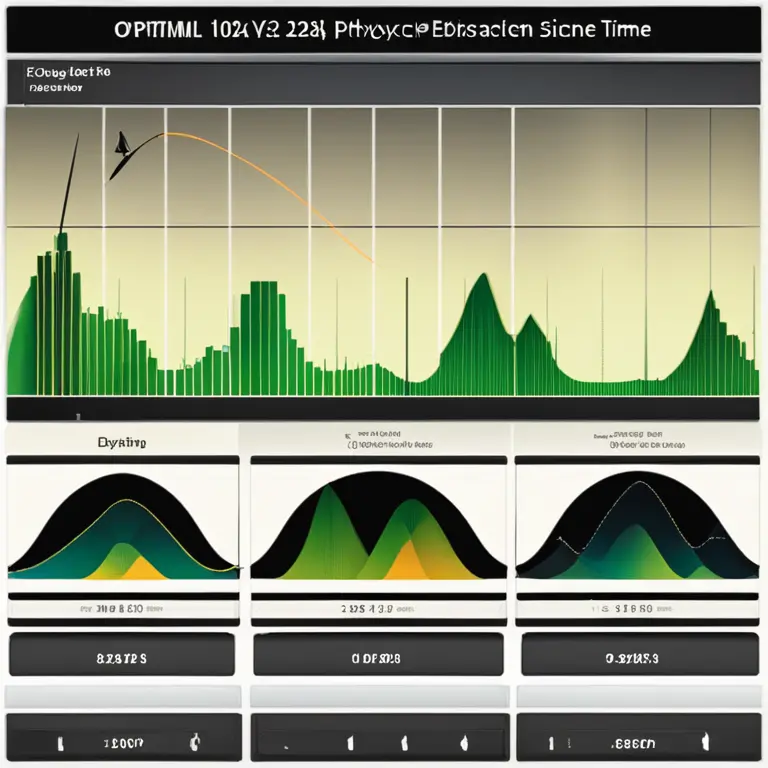
The Essence of Biorhythms: A Concise Guide
Delve into the concept of biorhythms to uncover the rhythmic cycles that influence our physical, emotional, and intellectual states.
article by Adrian Wallace
Introduction to Biorhythms
The concept of biorhythms is a fascinating piece of the human puzzle, allegedly impacting the daily ebb and flow of our physical, emotional, and intellectual prowess. Rooted in a hypothesis that dates back to the 19th century, biorhythms suggest that from the moment we draw our first breath, we embark on these cyclical patterns that influence various facets of our existence. While the scientific community remains divided on its empirical validity, enthusiasts embrace biorhythms as a tool for achieving greater personal insight and well-being.

Physical Biorhythm Explained
Often visualized as a sine wave, the physical biorhythm operates on a 23-day cycle. It is hypothesized that when the curve is on an upward trend, we experience heightened stamina and coordination, but as it descends, our physical capabilities may wane, suggesting less optimal times for demanding physical activities or starting new exercise regimens. This concept encourages awareness of one's physical state and may influence decisions related to health and fitness.

Emotional Biorhythm Cycles
The emotional biorhythm rides a 28-day wave, much like the lunar cycle. Advocates believe that an upward swing indicates a period of harmonic emotions and strong interpersonal connections, while a downward trend could signify a time for introspection, prone to mood swings or emotional challenges. By keeping track of this cycle, individuals can potentially navigate their social interactions and emotional decisions with greater awareness.

Intellectual Biorhythm and Creativity
On a 33-day cycle, the intellectual biorhythm supposedly governs our mental acuity, problem-solving abilities, and creative thinking. Ascending phases are said to be optimal for intellectual challenges, learning new skills, and engaging in complex tasks. Conversely, during a downward phase, it might be beneficial to focus on routine tasks and allow for mental restoration. Though not scientifically proven, some individuals use it as a guide for academic and professional planning.

Biorhythms in the Digital Age
In 2024, biorhythms have gained traction through the proliferation of apps and online platforms providing personalized charts based on birth dates. While these tools are gaining popularity, it is essential to approach them with a blend of curiosity and skepticism. They serve as an adjunct to self-care and decision-making rather than an infallible prediction of one's day-to-day life. Modern proponents emphasize self-knowledge and pattern recognition as keys to leveraging biorhythms effectively.
Interpreting Your Biorhythms
Biorhythm charts are now more accessible than ever, with algorithms fine-tuned for user-friendly experiences. Interpreting these charts usually requires a birth date as the primary input, generating corresponding cycles that will ebb and flow over the days, weeks, and months. However, without concrete scientific support, these interpretations should be viewed as a complement to, rather than a replacement for, other forms of personal introspection and health management strategies.
Scheduling with Biorhythms in Mind
Supporters of biorhythm theory often suggest planning significant events or activities aligned with favorable phases of one's cycles. From athletes considering competition dates to business professionals contemplating negotiations or presentations, some attempt to harness the perceived ebbs and flows to their advantage. Whether or not biorhythms hold the key to optimizing our schedules, they invite a broader conversation about the interconnectedness of our biological rhythms and daily lives.
Published: 1/25/2024
Modified: 1/25/2024
More predictions
Come back here soon to learn more about yourself and your future


Your Biorhythm Horoscope Handbook
Discover the intriguing intersection of biorhythms and astrology. Learn how tracking your biological cycles can provide insights into your physical, emotional, and intellectual well-being.


The Human Biorhythm Cycle: Patterns of Life's Ebb & Flow
Delve into the human biorhythm cycle, a compelling concept in the holistic understanding of our physiological and emotional patterns over time.


The Biorhythm Debate: Effective Insight or Myth?
Discover the realities behind biorhythms, how they're calculated, and their impact on daily life. Can these biological cycles truly predict our physical, emotional, and intellectual states?